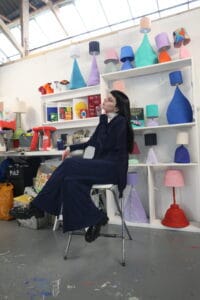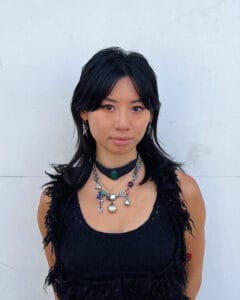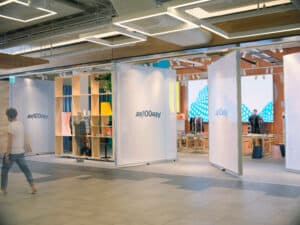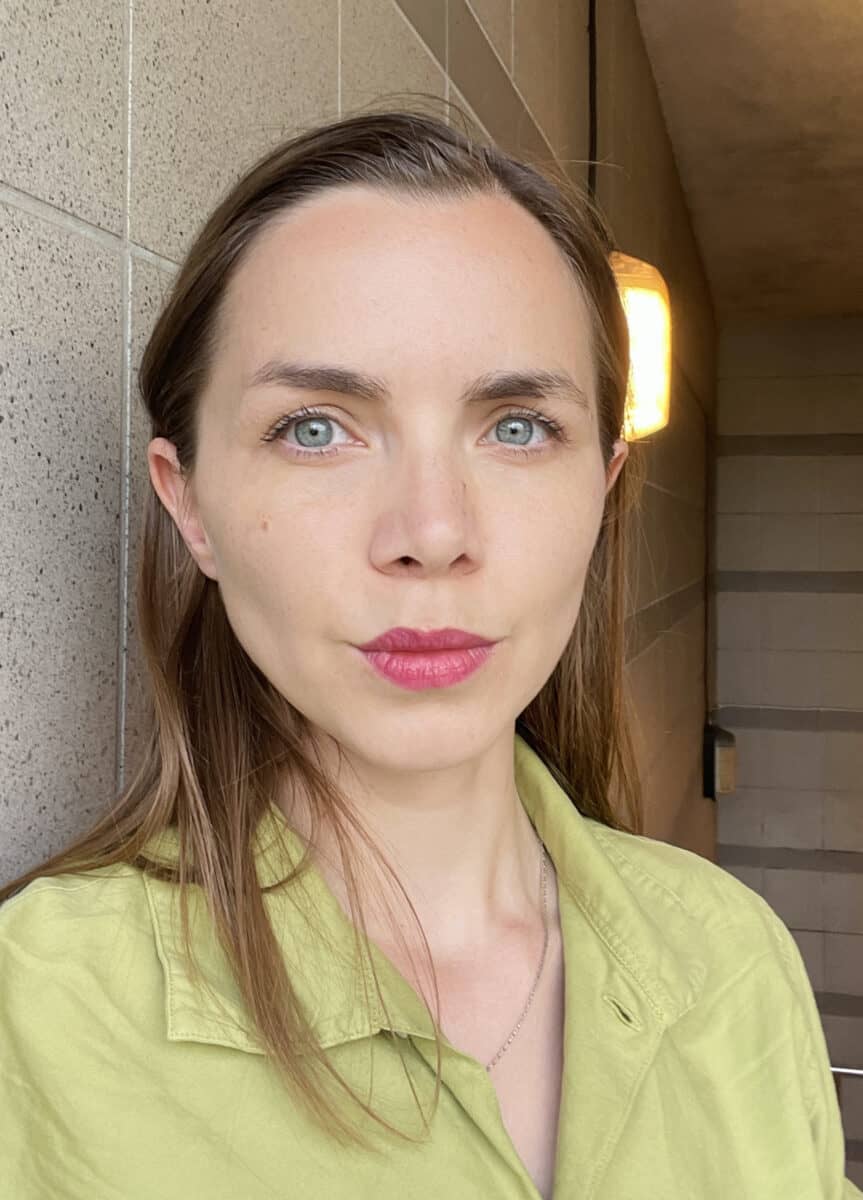
Yasmin Lennon-Chong tells us about Atelier100 an entirely new concept, driven by a collective of creatives, makers, manufacturers and design industry experts. Established to bring the focus back towards the merits of local design and local production, Atelier100 gives agency to ideas that might otherwise have remained in limbo.
The initiative combines masterclasses in business know-how, 1-2-1 mentoring sessions and the opportunity for successful applicants to bring their original concepts to life. Every product made will be available to buy at the Atelier100 store. The multifunctional space will also act as the hub for the Atelier100 creative community – a place where they can get the support they need to nurture and develop independent brands of their own.
At the root of Atelier100, there is a strong commitment towards recognising the holistic benefits of building local networks, where creatives and makers can unite, connect and work together to make sustainable, commercial products. This unique initiative has been established by H&M and Ingka Group (the largest IKEA franchisee) to help inspire people to bring their innovative ideas to life.
We managed to sit down with three of the creatives that have taken part in the unique initiative and ask them a few questions about the programme and the products they have created that you will be able to buy in-store from November 1st at Atelier100.
Here we have multi-disciplinary designer @Yasmin Lennon-Chong
Tell us a bit about your practice/ studio
I’m a multi-disciplinary designer working across graphics, 3D, product, and spatial design. My practice combines functional design elements along with a playful reconfiguring of aesthetics and physical form, using everyday typologies to create new experiences and modes of sensory engagement. Situated within the realms of visual communication, product design and spatial infrastructure, I’m interested in developing products and interventions that have a connective relationship between people, objects, and space – both interior and exterior.
How has it been working with Atelier100? What have you found useful about the mentorship programme?
It’s been a really valuable experience, especially being part of a collective group working towards a similar end goal. Even though our individual products are quite different from one another, there’s a similar trajectory in that we’re all either launching or expanding a creative business and thinking about how what we produce manifests in the world in relation to locality, material sourcing and production. Also being connected to industry professionals through talks, site visits and one-to-one sessions has really supported product development sparking lots of new ideas, conversations, and lines of inquiry.
If there was one take away or lesson from the process of working with Atelier100 you had to highlight, what would it be?
Probably the limitations of local sourcing, thinking more about where materials come from and their extended supply chains. This becomes especially apparent in relation to more advanced material technologies that rely on very specific industry manufacturing. In some ways I think mapping out or identifying local industries and materials at the very early stages of a product, even before designing and developing anything at all, would be more effective than having these aspects pre-determined and trying to find local sources afterwards. But then again, it also forces you to think more and identify gaps in local industry
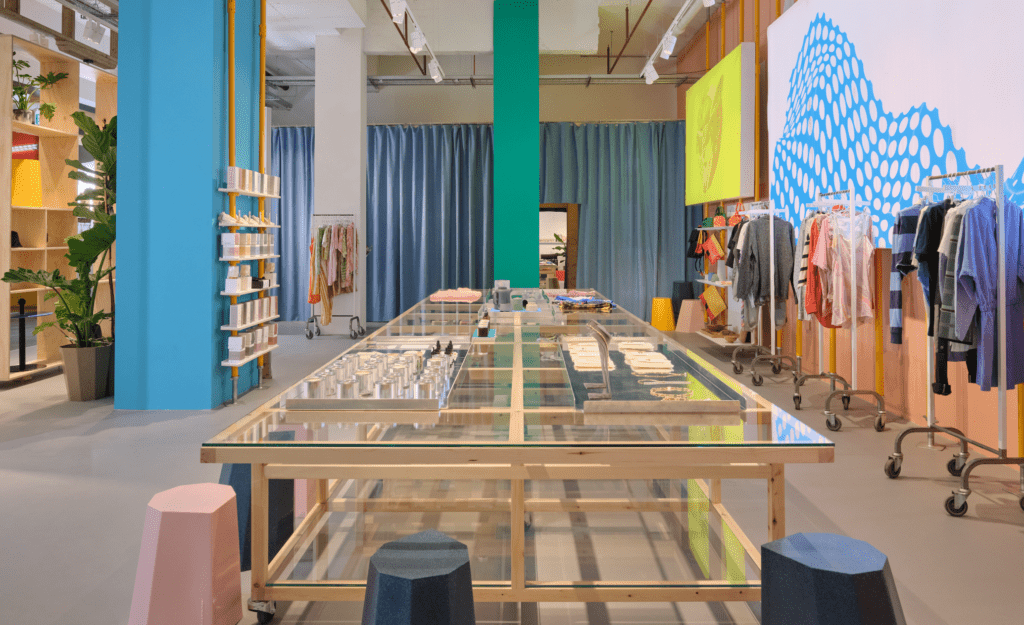
Can you give us any insight into the product that may come out of this process?
The product I’m developing is micro in scale, modest in form and often perceived as utilitarian, an undervalued support mechanism for interior environments. It’s ultimately a simple product but experimental in production processes, materials, and physical form.
Do you prefer selling what you produce in a physical or digital space?
Physical space is naturally more appealing when producing tangible, sensory objects as this can only be communicated via pixels. However, it’s interesting how a digital representation – 3D image or render can act to communicate a product only to then be experienced physically once going through that filter. This dual existence means that the visual communication of a product is increasingly important perhaps more so than the mode of selling – except for the fact that digital commerce is currently more of a thriving (non-)space. Short version: both are fine.
What plans have you got for the rest of 2022?
Mostly spending time developing a wider range of products, an extension of my work with A100 in addition to other product ideas, whilst also continuing some of the material research initiated over the last few months exploring the world of bioplastics and more hands-on material development.
Atelier100 space address: Atelier100, Livat Hammersmith, King St, London W6 9HW
Opening times: 10am-7pm (Monday-Saturday), 11am-5pm (Sunday) For more information about the products currently available in-store, visit: atelier100.com/products
